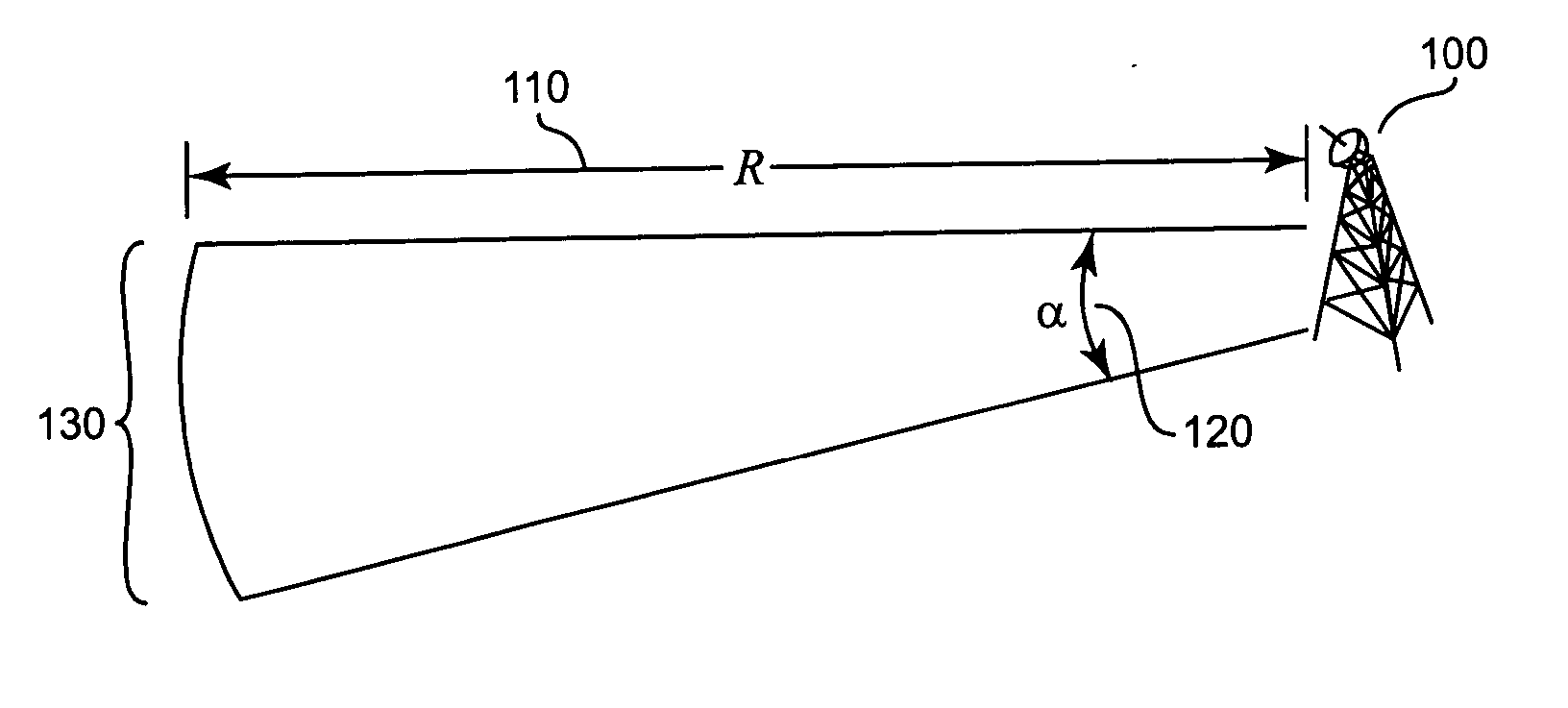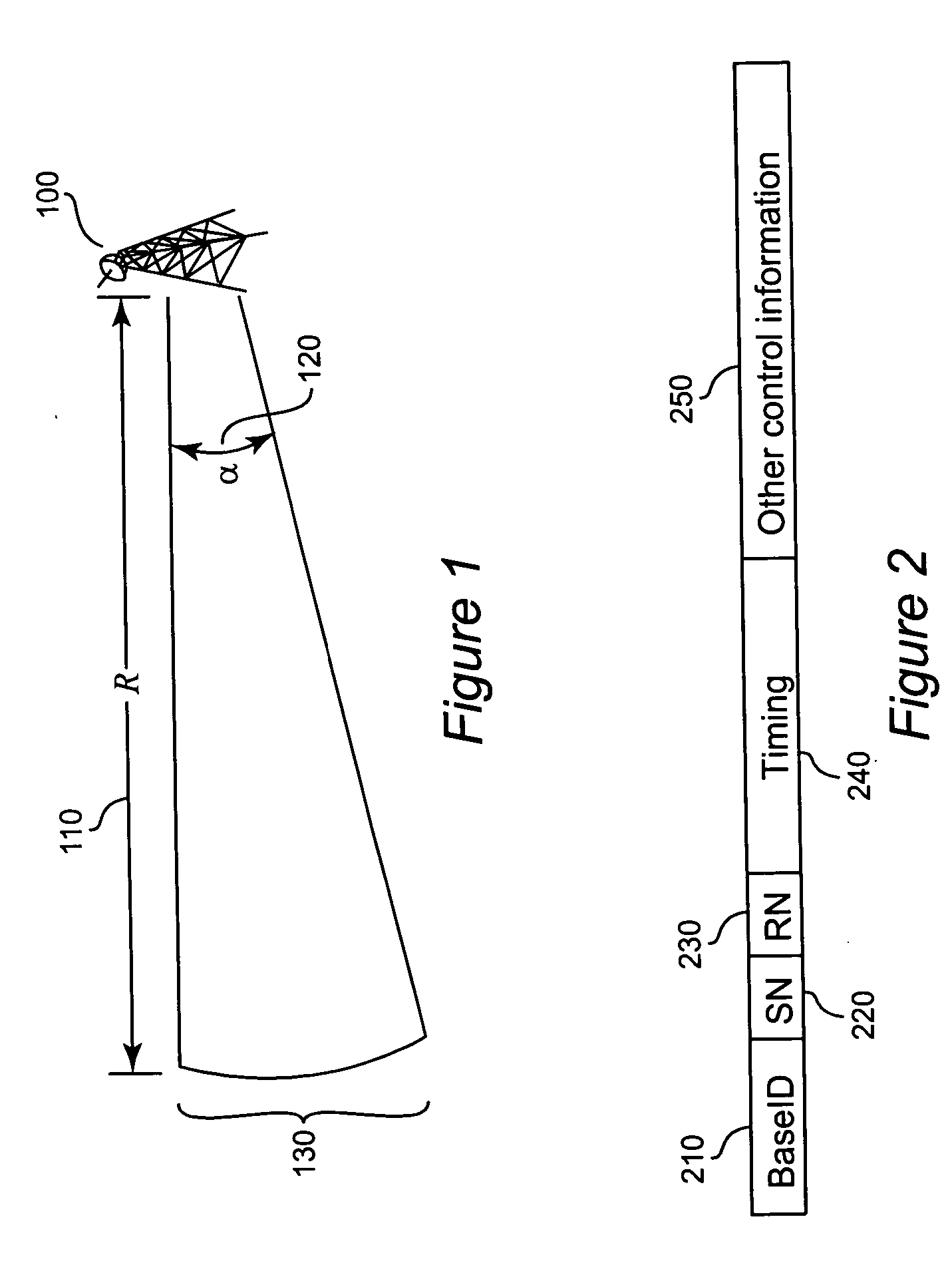Method and apparatus for control and routing of wireless sensor networks
- Summary
- Abstract
- Description
- Claims
- Application Information
AI Technical Summary
Benefits of technology
Problems solved by technology
Method used
Image
Examples
Embodiment Construction
[0044] Consider a large-scale, dense sensor network consisting of thousands or even millions of sensors over a wide region sensing, e.g., chemical and biological agents. Assume that each sensor node is equipped with an inexpensive omni-directional antenna with a short transmission range. Should there be an event (e.g. release of a chemical or biological agent into the sensed field), the sensor data must be quickly-relayed to the base station along the sensor network cloud.
[0045] For such large scale sensor networks, fully-distributed network control and routing algorithms, although technically correct, may result in substantial algorithm complexity to perform control functions (e.g., localization, synchronization, and message exchanges to build up and maintain routing tables), or high requirements on the sensor node design (e.g., CPU, memory, energy, or communication), which may not be suitable to sensor nodes on the order of cubic millimeter or even smaller. Although hierarchical ...
PUM
 Login to View More
Login to View More Abstract
Description
Claims
Application Information
 Login to View More
Login to View More - R&D
- Intellectual Property
- Life Sciences
- Materials
- Tech Scout
- Unparalleled Data Quality
- Higher Quality Content
- 60% Fewer Hallucinations
Browse by: Latest US Patents, China's latest patents, Technical Efficacy Thesaurus, Application Domain, Technology Topic, Popular Technical Reports.
© 2025 PatSnap. All rights reserved.Legal|Privacy policy|Modern Slavery Act Transparency Statement|Sitemap|About US| Contact US: help@patsnap.com



